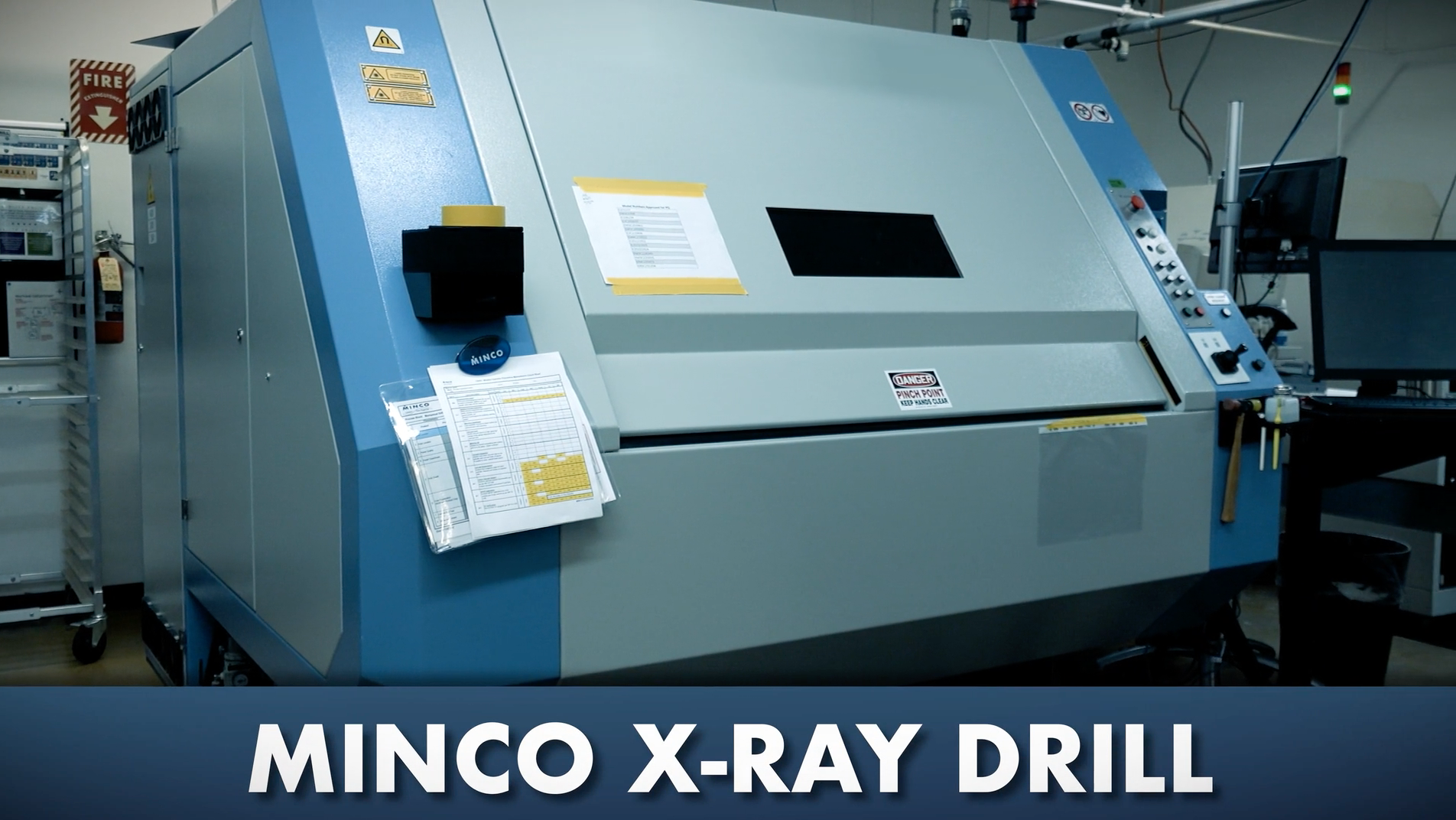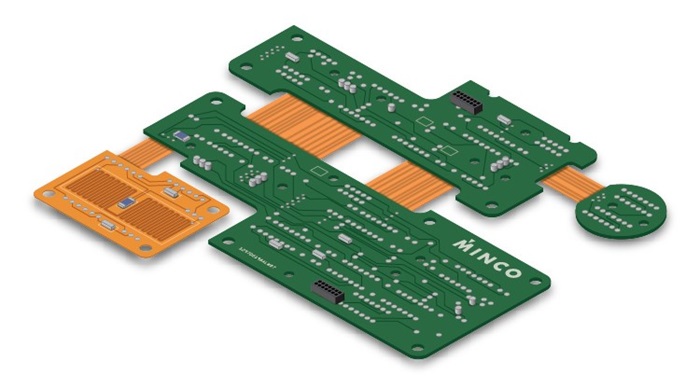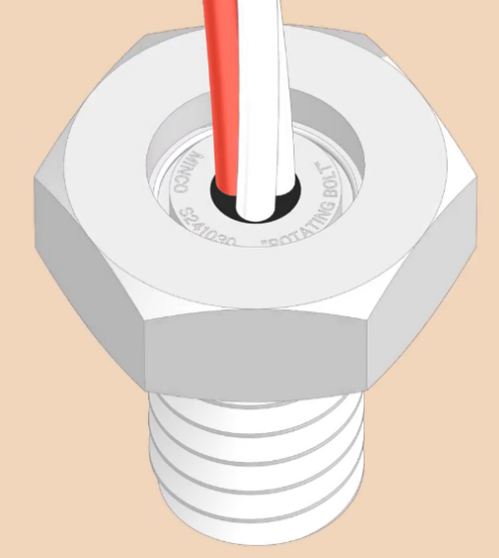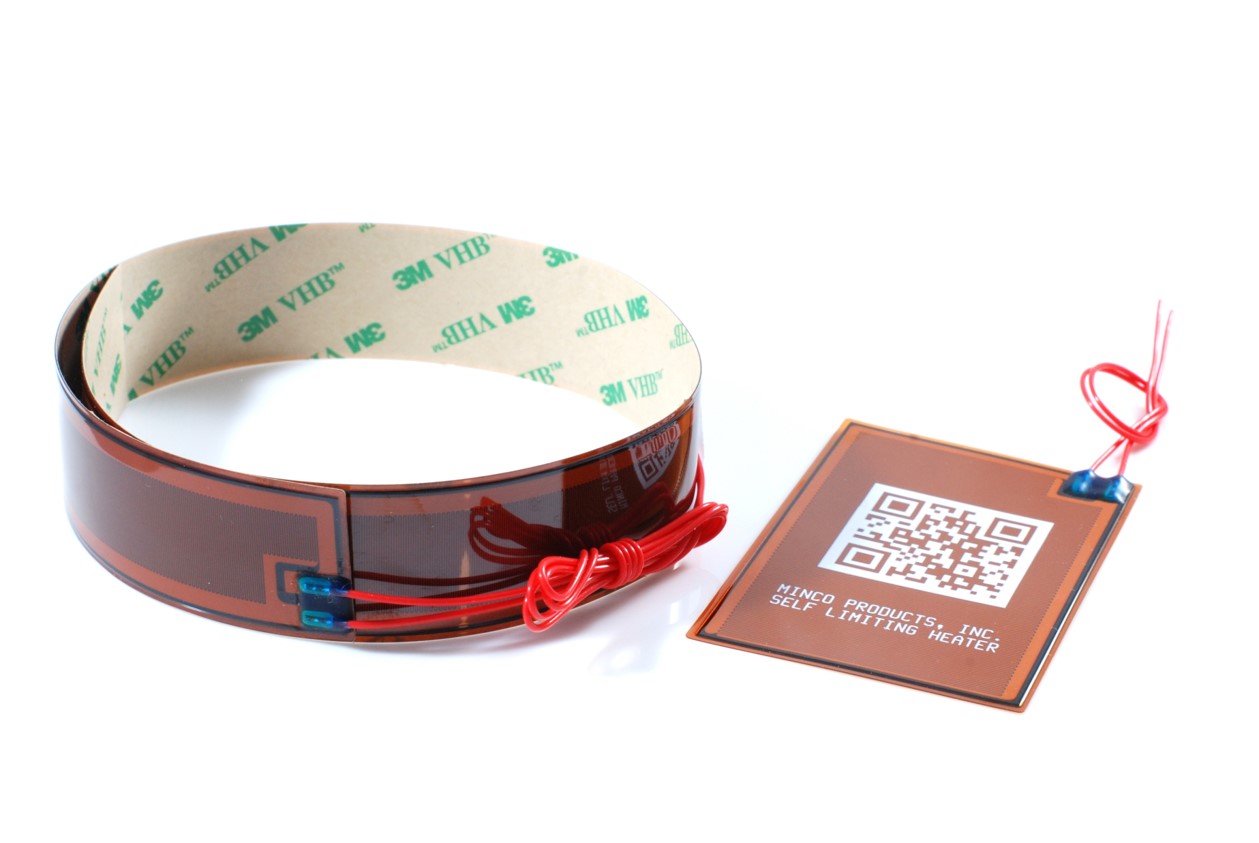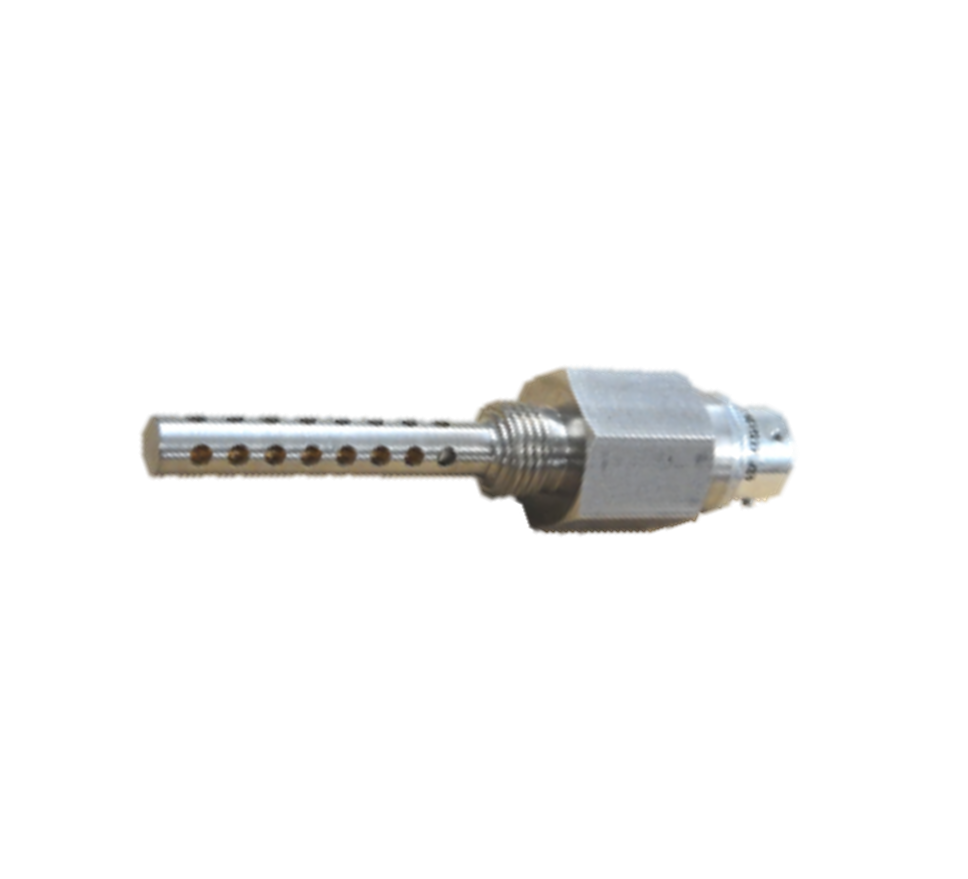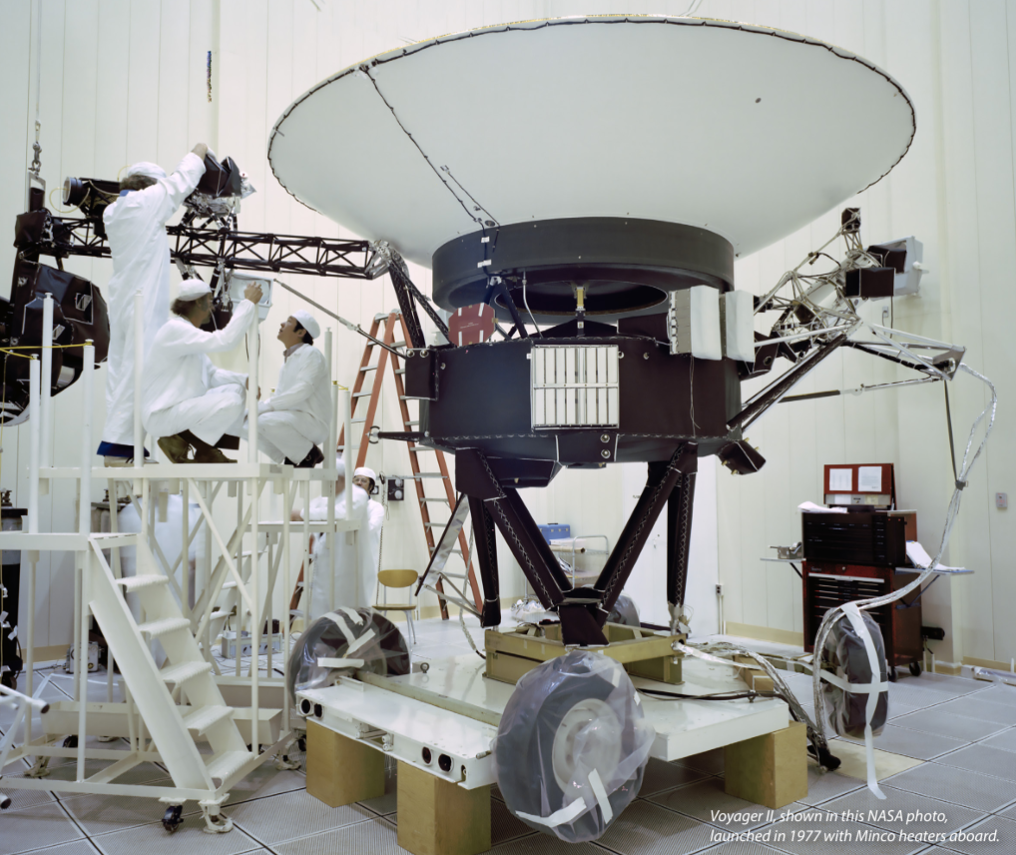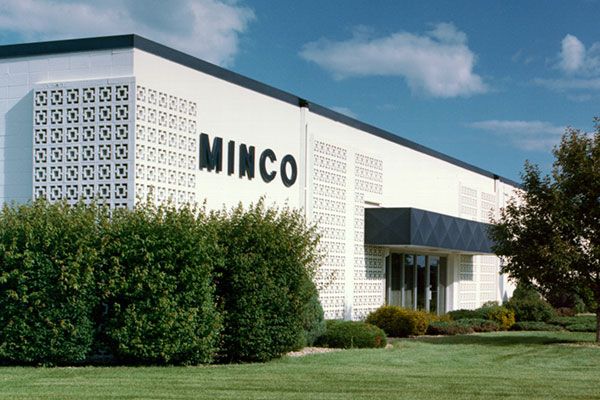By John Baichtal
While flexible printed circuits often save money in the long term over traditional wire circuits and PCBs, they are subject to many up-front expenses that might potentially impact the bottom line. This blog post discusses a number of factors that might affect final project cost.
Basic Cost Drivers
To begin with,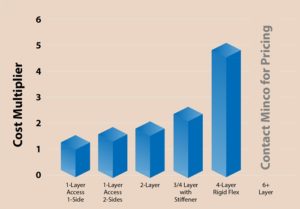 you’ll find flex more expensive than standard rigid PCBs due to the cost of the base materials. It’s newer technology that simply costs more. Beyond this, however, there are specific circuit features that impact costs as well.
you’ll find flex more expensive than standard rigid PCBs due to the cost of the base materials. It’s newer technology that simply costs more. Beyond this, however, there are specific circuit features that impact costs as well.
The type of laminate used to form the layers also plays a role in determining final costs. Minco uses a variety of polyimide (Kapton™) prepregs. Factors such as whether the circuit will include an epoxy or polyimide rigid substrate or whether a prepreg or an acrylic adhesive is used to bond the layers together, all impact the final price. Even something as seemingly minor as dissimilar surface finish types can add cost and time.
Complicated Circuits Cost More
While the price of materials and how much is used in a project affects the final cost, the complexity of the circuit also plays a critical role.
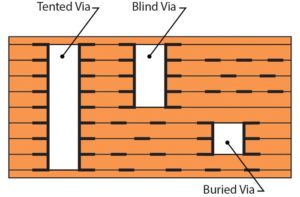 Flex materials are dimensionally unstable and sometimes encounter layer-to-layer registration problems. Materials shrink and stretch with temperature and humidity, as well as in response to processing, and those mistakes reduce yield and add costs.
Flex materials are dimensionally unstable and sometimes encounter layer-to-layer registration problems. Materials shrink and stretch with temperature and humidity, as well as in response to processing, and those mistakes reduce yield and add costs.- Blind and buried vias require significant additional manufacturing steps which increases processing time and reduces yields, as compared with through-holes.
- Plating aspect ratio factors in as well. A high ratio of the circuit’s thickness vs. the diameter of drilled holes means the greater a difficulty in plating the insides of through-holes and vias, complicated assembly and creating more scrap. In general, flex circuits’ flexibility makes it more important to monitor aspect ratio because a ratio too small may lead to breaks in conductors when the circuit bends.
- A design which includes surface mount components on one or both sides of the substrate will add to processing time increase the rework needed to complete these parts.
- Dissimilar layer counts in plated through-hole areas add to processing time and costs.
What Can We Do?
Mistakes and unneeded complication add to the project cost. Scrap not only costs money in terms of materials wasted, but also with regards to hours wasted, making it vital to plan the project carefully. Here are some tips that should help the bottom line:
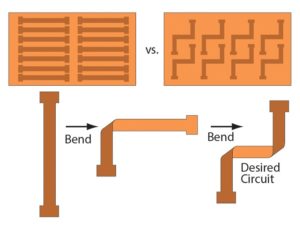 Panelize efficiently: Even the specific shape of the circuit can affect cost. If the shape fits onto the panel with a minimum of wasted space, greater cost savings can be achieved. The figure on the right shows how a straight circuit can be flexed to work the same as the angled circuit but without the wasted panel space.
Panelize efficiently: Even the specific shape of the circuit can affect cost. If the shape fits onto the panel with a minimum of wasted space, greater cost savings can be achieved. The figure on the right shows how a straight circuit can be flexed to work the same as the angled circuit but without the wasted panel space.- Combine a flex circuit with sensors and heaters: Minco’s Integrated Solutions leverage the company’s diverse product lines to save our customers stress and budget. Instead of using a flex circuit to connect a variety of parts inside the enclosure, we can embed them in the circuit itself. Not only does this save engineer time, but also the time it takes to assemble the product.
- Using Minco’s New Flex Project Worksheet will streamline the process and allow Minco’s engineers to make suggestions for greater efficiency. Armed with this completed checklist you will be able to give us the clearest description possible.
Our best suggestion is simply to involve Minco’s engineers as early as possible in the process. Sometimes a project is over-spec’d and our staff can help simplify the circuit while building it as efficiently as possible.

